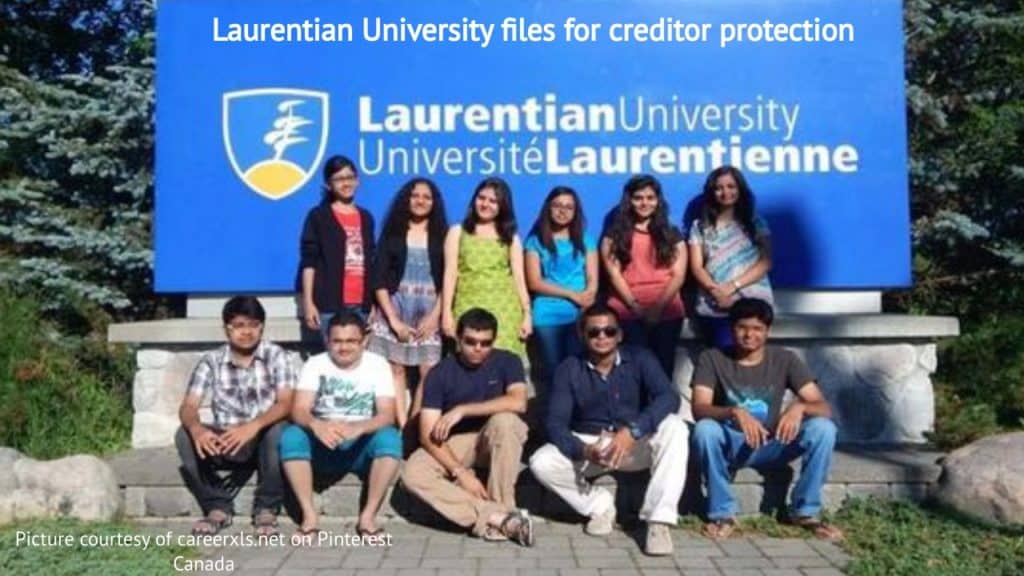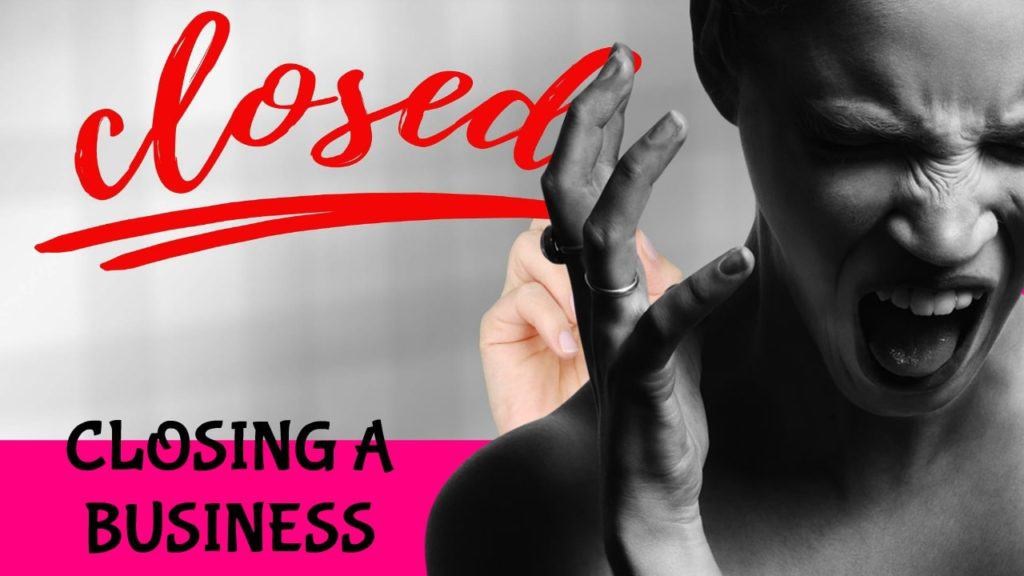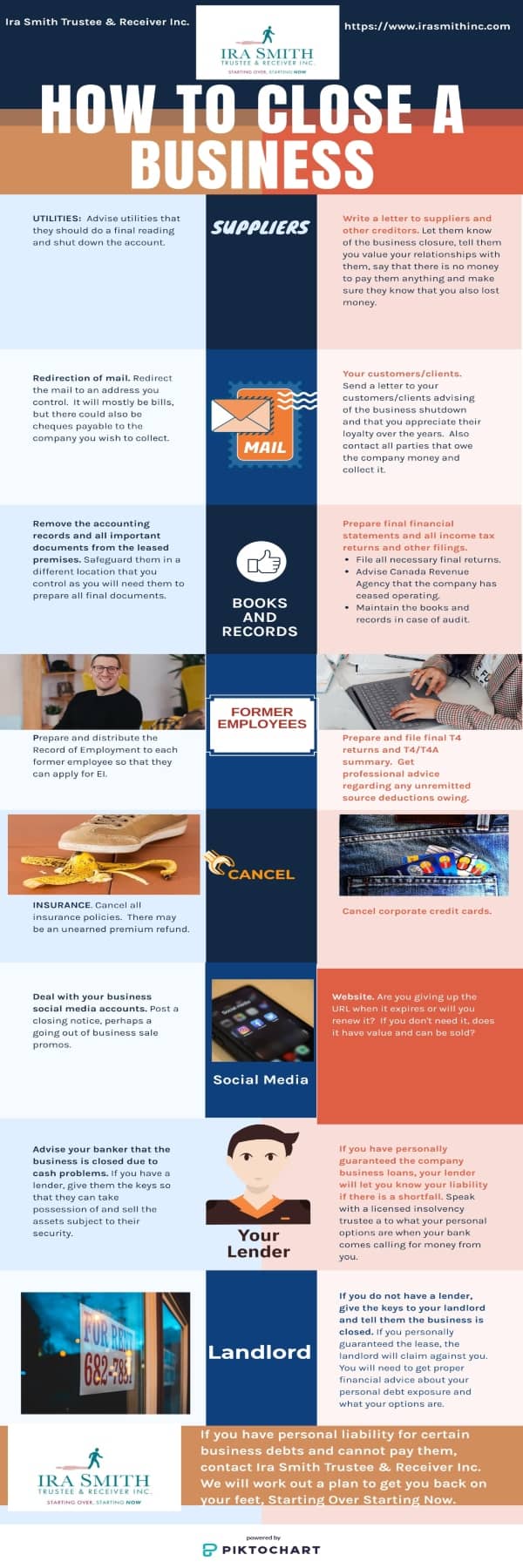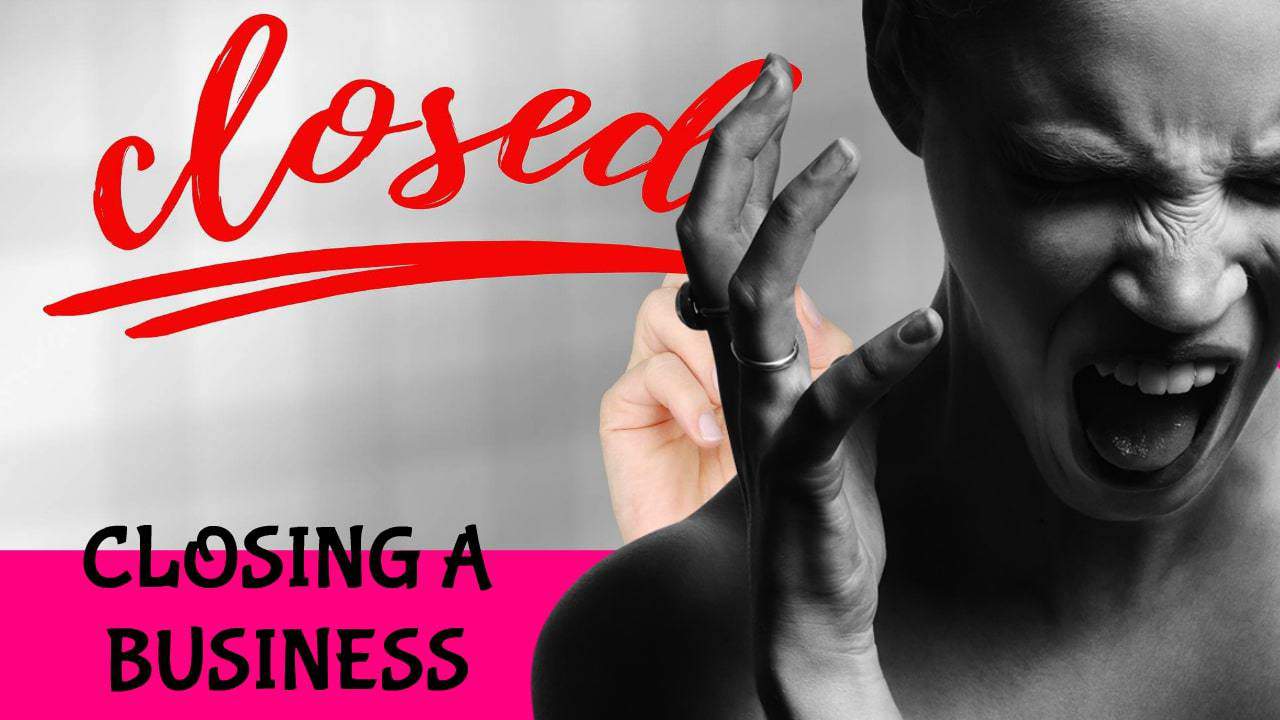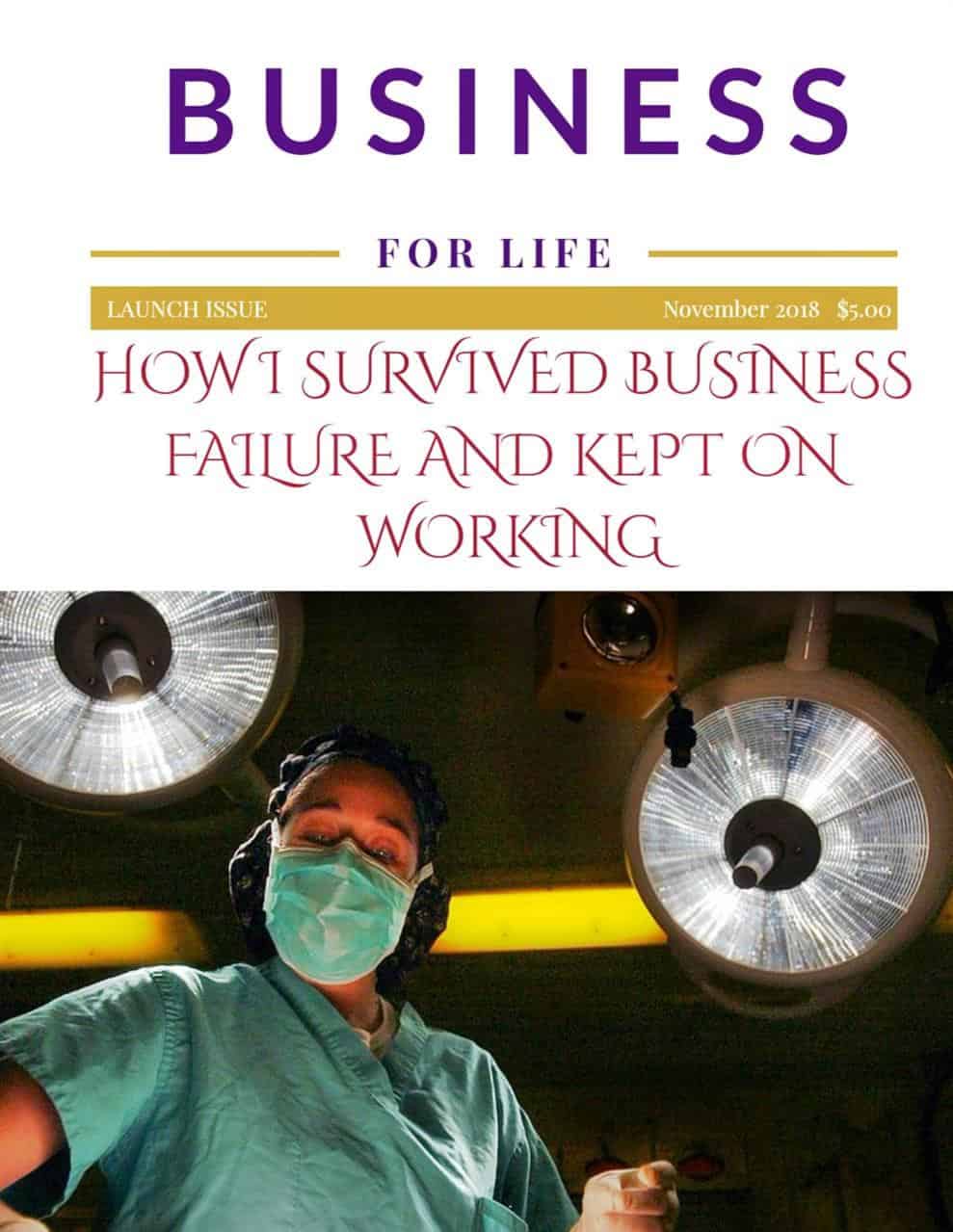As the COVID-19 pandemic continues, we hope that you, your family, and your friends are safe, healthy, and secure. Ira Smith Trustee & Receiver Inc. is fully operational, and both Ira and Brandon Smith are readily available for phone or video consultations.
Business bankruptcy: Insolvency for business
Hundreds of thousands of small businesses around the world have been affected by the lockdowns caused by the Coronavirus pandemic. There have been many company closures, and others have been forced to restructure. Although restructuring may be painful, it is necessary if you want to come out from under crippling debt and grow your business.
Many businesses experiencing financial difficulties simply shut their doors rather than restructure. Most small businesses cannot reorganize their company debts under the Bankruptcy and Insolvency Act (Canada) (BIA) due to the high costs of administration. A small business owner does not benefit from spending money to have a business bankruptcy. It is therefore only possible to lock the door and give the key to one of the secured creditors, usually the bank or to the landlord.
Globally, small and medium-sized businesses play an important role. In 2019, I wrote a Brandon Blog post about business bankruptcy issues that US bankruptcy experts identified as problems for small business bankruptcy restructuring with Chapter 11 restructurings. This process was not working for these businesses. Chapter 11 restructurings are expensive, ineffective, and impractical. The US insolvency system therefore could not help many businesses in need of restructuring in the USA.
In this Brandon Blog, I provide an update on the successful experience and unanimous calls to extend the US subchapter V of Chapter 11 of the United States Bankruptcy Code. Therefore, I revisit the question as to whether such a small business bankruptcy tool should exist in Canada.
Business bankruptcy and Insolvency at a glance
Congress passed the Small Business Reorganization Act (SBRA) on July 23, 2019. On August 1, the Senate passed the bill. In August 2019, it became law.
SBRA makes business bankruptcy protection easier for small and medium-sized enterprises. Chapter 11, subchapter V of the US Bankruptcy Code (Title: Small Business Debtor Reorganization) is the result. Increasing its affordability will help save otherwise viable owner-managed businesses.
SBRA defines a small company as one with non-contingent debts of $2,725,625 or less, leaving out financial obligations to affiliates or parties not dealing at arm’s length, and which elects to be dealt with under the SBRA. A new subchapter V to Chapter 11 of the US Bankruptcy Code is included in the Act. In this new approach, small companies are able to restructure efficiently with greater ease and at a lower cost.
The primary purpose of this legal process is:
- Secured creditors and unsecured creditors cannot lodge a Chapter 11 restructuring plan that it is prepared to support. Only businesses with debt problems can. In most cases, the company’s plan must be filed within 90 days of when it filed for bankruptcy protection.
- To manage each case, trustees similar to those selected in a personal restructuring (Chapter 13) situation will be selected.
- A creditors committee will not be established.
- If the home loan/mortgage secured by the home was used to fund the business, the Chapter 11 plan can change the legal rights of the lender.
- It is possible for a Court to approve a small business bankruptcy restructuring plan without the approval of any class of creditors. If the court is satisfied that all creditors are treated fairly and no creditor class is prejudiced, it will approve the restructuring plan,.
- A restructuring plan must ensure that all earnings received during the restructuring will be available to fund the restructuring for a period of 3 to 5 years in order to be fair and equitable.
Consequently, it is the responsibility of the creditors to carefully review all cases filed under SBRA. The creditors should consult bankruptcy experts for guidance. Their role will be to ensure that restructuring cases are fairly examined by courts and that all creditors are treated equally. For those without the support of their creditors, this will be particularly true.
It will be very interesting to see if this new legislation accomplishes its goal of simplifying and reducing the costs associated with business bankruptcy restructuring for small businesses.

Business bankruptcy: The bottom line on the SBRA
This tool was successful in protecting small businesses from bankruptcy liquidation. Republicans and Democrats alike have embraced this obscure federal program that allows small-business owners to shed debt in bankruptcy protection so much, they are now considering extending it. Republican and Democratic agreement on anything is very rare these days.
In a Subchapter V bankruptcy, closely-held businesses can file for bankruptcy much more quickly and inexpensively than they would in a Chapter 11 bankruptcy. The government appoints a trustee with limited powers who assesses the company’s finances and helps reach a consensus with creditors. Rather than official creditor committees, there is only a trustee appointed by the government. Furthermore, company owners don’t risk losing control of their companies to creditors, a common outcome in bankruptcy.
When the pandemic ravaged thousands of small businesses, the government raised the debt threshold to qualify for Subchapter V to $7.5 million from $2.7 million and extended it an additional year. In the absence of another renewal, the higher limit will expire next month, shutting out thousands of companies that could benefit as they deal with new challenges such as supply chain issues and higher interest rates.
The main benefits of the SBRA business bankruptcy protection
Quick response
Since the program began, more than 2,800 cases have been filed. Restructuring advisers predict that number will rise as banks and landlords become more aggressive in collecting overdue loans and back rent.
Government assistance and eviction moratoriums have enabled small businesses to exist in limbo but that won’t last. Experts predict that more subchapter V filings will take place in 2022.
The American Bankruptcy Institute studies bankruptcy statistics. They state that the quick turnaround time of Subchapter V has attracted and will attract more filings.
Corporation envy
Some distressed corporations are so envious of Subchapter V that restructuring advisers are hunting in vain for strategies that might let their bigger clients qualify. For example, there was a company with 130 company-owned locations that filed for bankruptcy protection in 2020. It initially attempted to file individual brick-and-mortar locations under the program, before switching to a chapter 11 proceeding.
This business bankruptcy restructuring statute has proved to be a lifeline for smaller companies and should be extended.

The Canadian business bankruptcy and restructuring landscape
Canada lacks an equivalent streamlined corporate insolvency restructuring statute. There are two Canadian insolvency regimes: the Companies’ Creditors Arrangement Act (CCAA) and the BIA. For large corporations, the CCAA applies. The process is heavily governed by the courts. In my opinion, it would not be possible to sufficiently streamline the CCAA for small businesses to have enough staying power during restructurings under the CCAA to survive.
A streamlined restructuring process is possible under the BIA for small and medium-sized businesses. There was a streamlined restructuring process for individuals so that consumer bankruptcies can be avoided. These consumer proposals are found in Part I Division II of the BIA. So why not a special restructuring proposal section for smaller companies? I called it a new Part I Division III of the BIA in my earlier Brandon blog I referred to above – a general scheme for small business proposals (SBP) section of the BIA. The aim is to provide small businesses with the opportunity to restructure business debts on a cost-effective basis rather than to make Canadian bankruptcies the only real option to consider.
In the US, using a streamlined restructuring model has been so successful. That’s why I am bringing back my idea from 2019. I won’t repeat everything, however. You can see what my recommendations were by reading my blog – BANKRUPTCY EXPERTS WEIGH IN ON US & CDN SMALL BIZ RESTRUCTURING.
Business bankruptcy: The debtor (owes money) not the creditors (are owed money) would control the reorganization
An insolvent corporation, sole proprietors, or partnership that is set up to conduct business should be able to access the new SBP. The total amount of their debt should not exceed $1.5 million. Such a number is not based on any scientific calculations.
In order to determine an appropriate debt level, Statistics Canada could assess the average debt load of Canadian businesses. In this discussion, I’ll use the $1.5 million amount.
Loans from affiliates or from people with a non-arm’s-length relationship would not be excluded as in US law. A Canadian company’s first funding is usually provided by its owners. Chartered banks require owners to make a commitment with their personal assets before they are willing to lend. To get the business off the ground, the owners sacrificed their own money. Because they had to finance the company that way, I would not exclude that debt from the calculation.
The Canadian business landscape differs from the American one. We tend to be smaller in size. For non-arm’s-length debt to be excluded, the debt threshold would have to be lowered. Keeping that debt threshold in mind, let us include all debt, whether it’s secured or unsecured, related, or arms’ length.
This new SBP would not be applicable to people who are not conducting business in their own name. Those people will fall into either Division I or Division II restructuring proposals which include two mandatory credit counselling sessions.
Restructuring proposals can currently only be administered by a licensed insolvency trustee (formerly called a bankruptcy trustee). A licensed insolvency trustee is known as the Proposal Trustee under Division I Proposals. As part of Division II personal restructurings, they are known as the Administrator.
Therefore, I will call the Trustee the Small Business Administrator for the new SBP. As a result, it is obvious that it is the restructuring of a business that qualifies under Division III. The use of the word “administrator” is consistent with the words used by Parliament for consumer proposals. Again, this means that the Trustee is administering a streamlined restructuring for small businesses.
The main points I recommended in my earlier blog in a Canadian small business streamlined restructuring statute include:
- Currently, it is possible for a company or person to begin the restructuring process by filing either a Notice of Intention to Make A Proposal (NOI) or a Proposal itself. Regardless of the filing method, there is a 10-day limitation period under which the debtor must submit a cash-flow statement that has been reviewed and approved by both the company or person and the Trustee. A company or individual filing an NOI then has an additional 20 days (30 days after the filing date of the NOI) to file a Proposal (unless the court extends the time).
I propose extending the deadline for filing a Proposal from 30 days to 90 days after the filing of an NOI, without the need to go to the Court for an extension. As a result, the business should have enough time to get all of its tax and corporate filings up to date and, hopefully, avoid the need to adjourn the meeting of creditors.
- A creditor would file a proof of claim in the same way they do now in a BIA Proposal.
- There is a concept of deemed creditor approval and deemed court approval in the current consumer proposal legislation. A creditors’ meeting is not necessary unless creditors holding 25% of the proven claims request it. In addition to the proof of claim process, creditors receive voting letters to cast their vote when they submit a proof of claim. If there is no obligation to convene a meeting, a consumer proposal is considered accepted.If a consumer proposal is either accepted or deemed accepted by the creditors, the Trustee Administrator will probably not need to seek approval from the Court. There are no deeming provisions in corporate restructuring, either for creditor acceptance or for court approval. The new SBP section should include similar provisions regarding creditor acceptance and court approval. This would save time and money, thus enhancing efficiency.
- The Meeting of Creditors if required, would be held 21 days after the Trustee Administrator recognizes that the small business restructuring did not receive deemed approval.
- When creditors fail to vote in favour of a Division I Proposal or when the court does not approve it, it is automatically deemed an assignment in bankruptcy. This does not apply to consumer proposals. Debtors return to their normal state without creditor protection after an unsuccessful consumer proposal attempt.For the new streamlined business restructuring proposal law, if creditors fail to accept or the court does not approve the restructuring plan, then that does not automatically mean there is a bankruptcy. The debtor small business would simply return to its normal unprotected insolvent state and must defend itself against creditors.A voluntary assignment into bankruptcy may result, but not automatically. A bankruptcy proceeding does not make sense in certain corporate situations. If a chartered bank holds security over all assets it will enforce its security through a receivership, this is especially true.
Business bankruptcy summary
A streamlined small business bankruptcy protection section is working in the US and both Republicans and Democrats want it extended and made to be able to handle even more bankruptcy cases. So why should we not have one in Canada too? I know that it could work.
I hope you found this business bankruptcy Brandon Blog informative. Although nothing is guaranteed, managing your debt in a way that will allow you or your company to be able to afford it, will lead to your financial success. It will also give you the best shot at having a financially stress-free life.
Are you or your company in financial distress and a debt crisis? Are you embroiled in costly litigation or a crushing debt load and need a time out in order to restructure? Do you not have adequate funds to pay your financial obligations as they come due? Are your credit cards maxed out? Are you worried about what will happen to you? Do you need to search out easy-to-understand debt solutions and realistic ones for your family debt problems? Is your company in financial hot water?
Call the Ira Smith Team today. We have decades and generations of experience assisting people looking for life-changing debt solutions through a debt settlement plan and AVOID the bankruptcy process.
As licensed insolvency professionals, we are the only people accredited, acknowledged and supervised by the federal government to provide insolvency advice and to implement approaches to help you remain out of personal bankruptcy while eliminating your debts. A consumer proposal is a Government of Canada-approved debt settlement plan to do that. It is an alternative to bankruptcy. We will help you decide on what is best for you between a consumer proposal vs bankruptcy.
Call the Ira Smith Team today so you can eliminate the stress, anxiety, and pain from your life that your financial problems have caused. With the one-of-a-kind roadmap, we develop just for you, we will immediately return you right into a healthy balanced problem-free life.
You can have a no-cost analysis so we can help you fix your troubles.
Call the Ira Smith Team today. This will allow you to go back to a new healthy and balanced life, Starting Over Starting Now.
As the COVID-19 pandemic continues, we hope that you, your family, and your friends are safe, healthy, and secure. Ira Smith Trustee & Receiver Inc. is fully operational, and both Ira and Brandon Smith are readily available for phone or video consultations.


